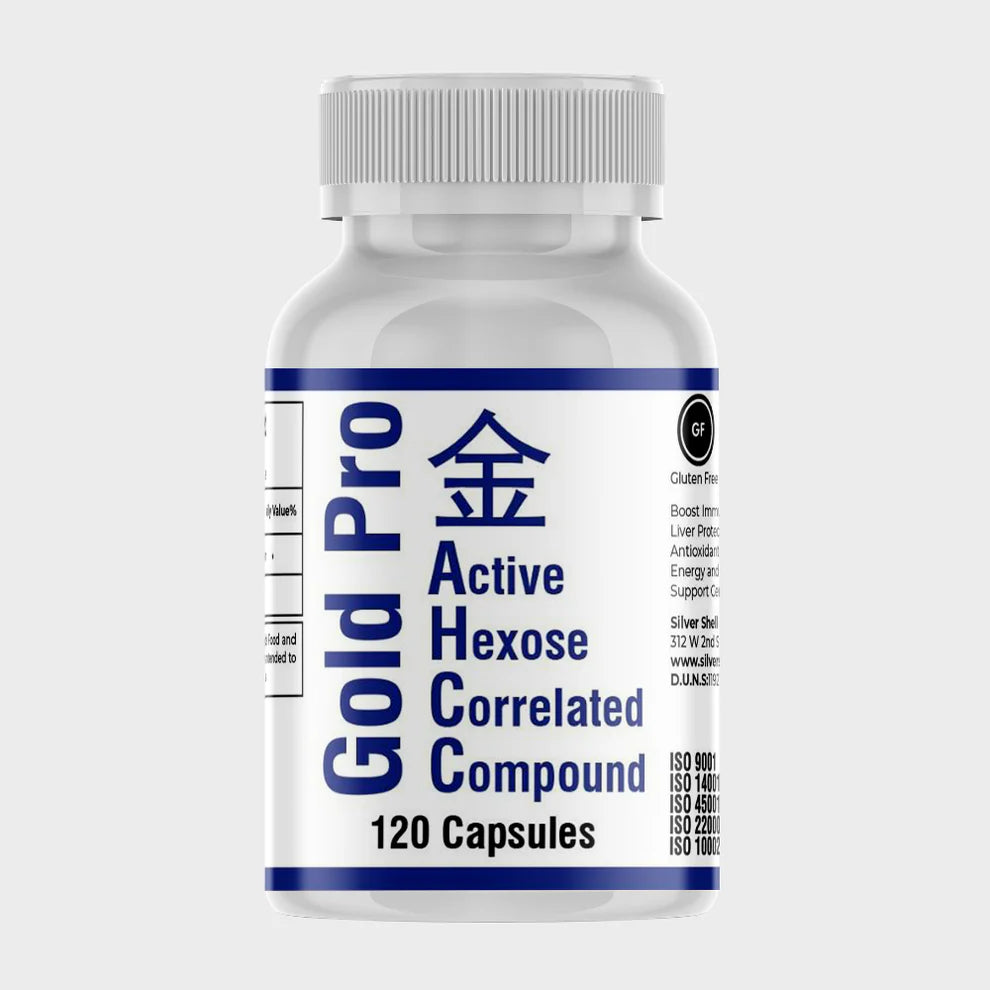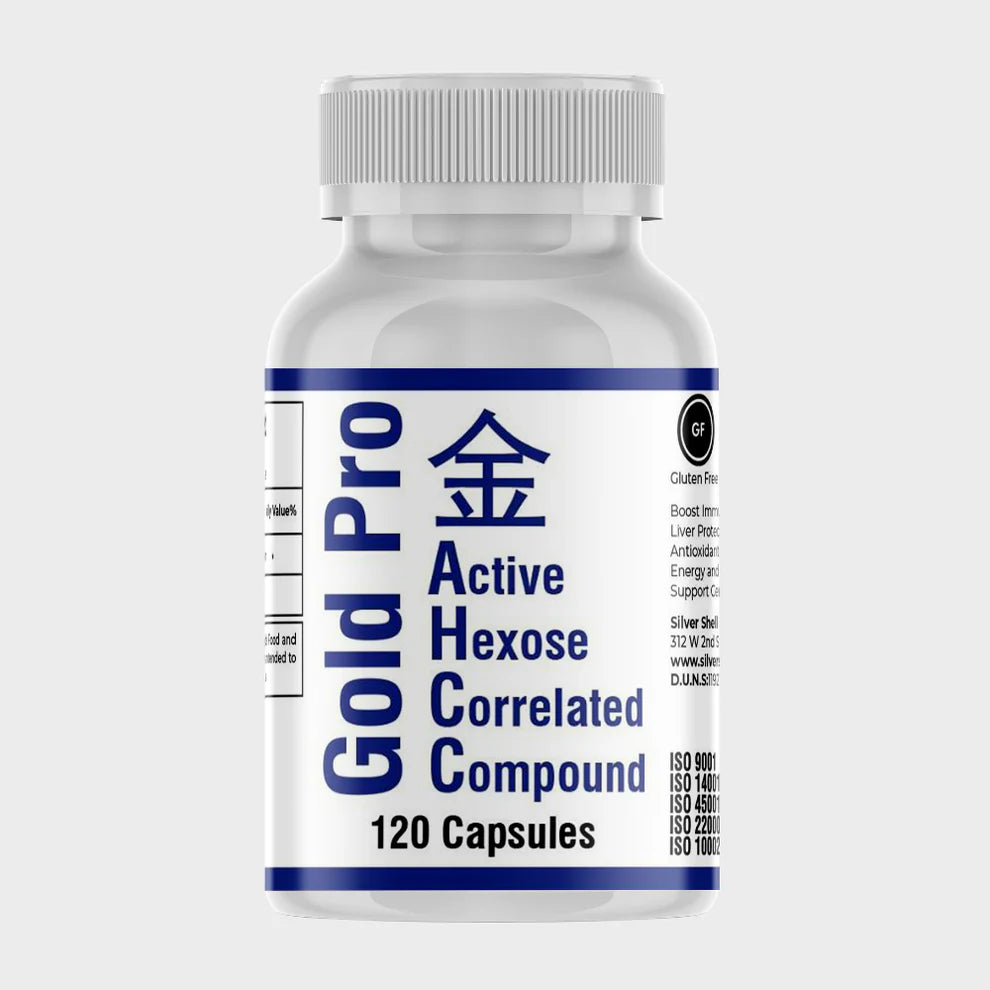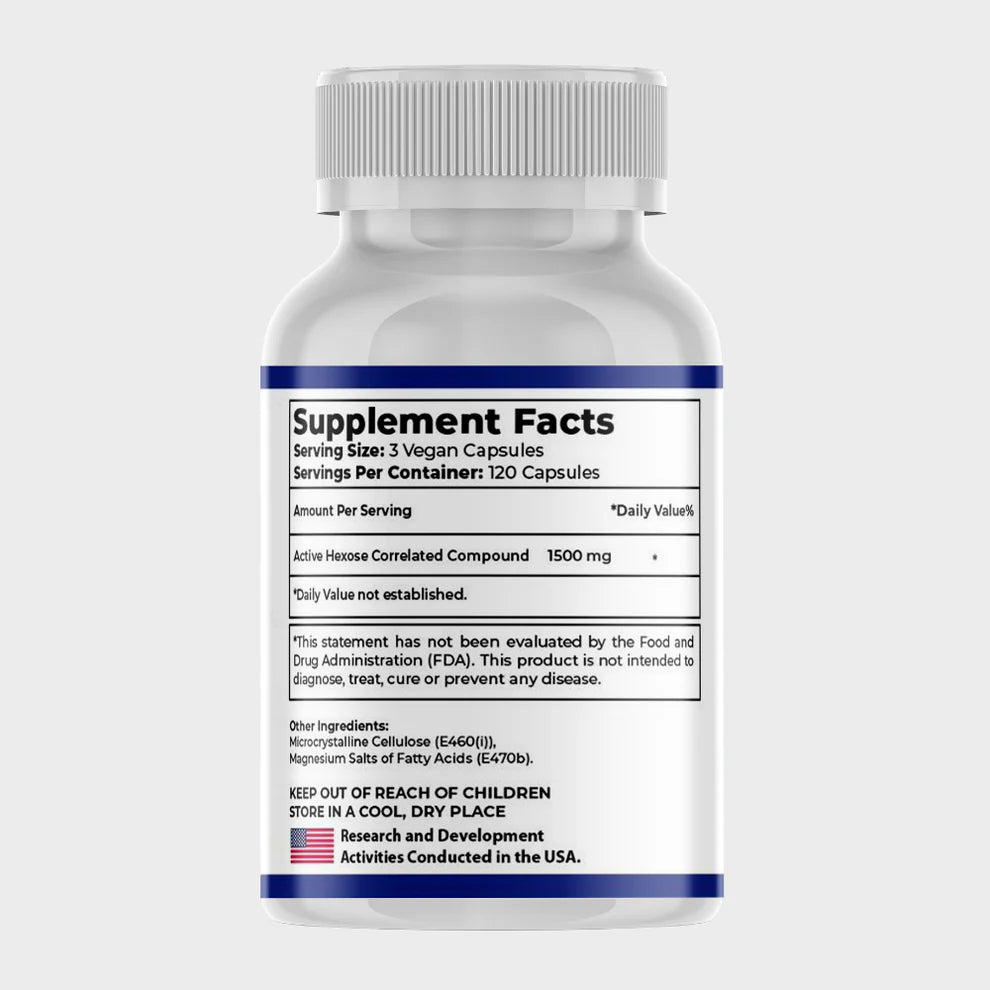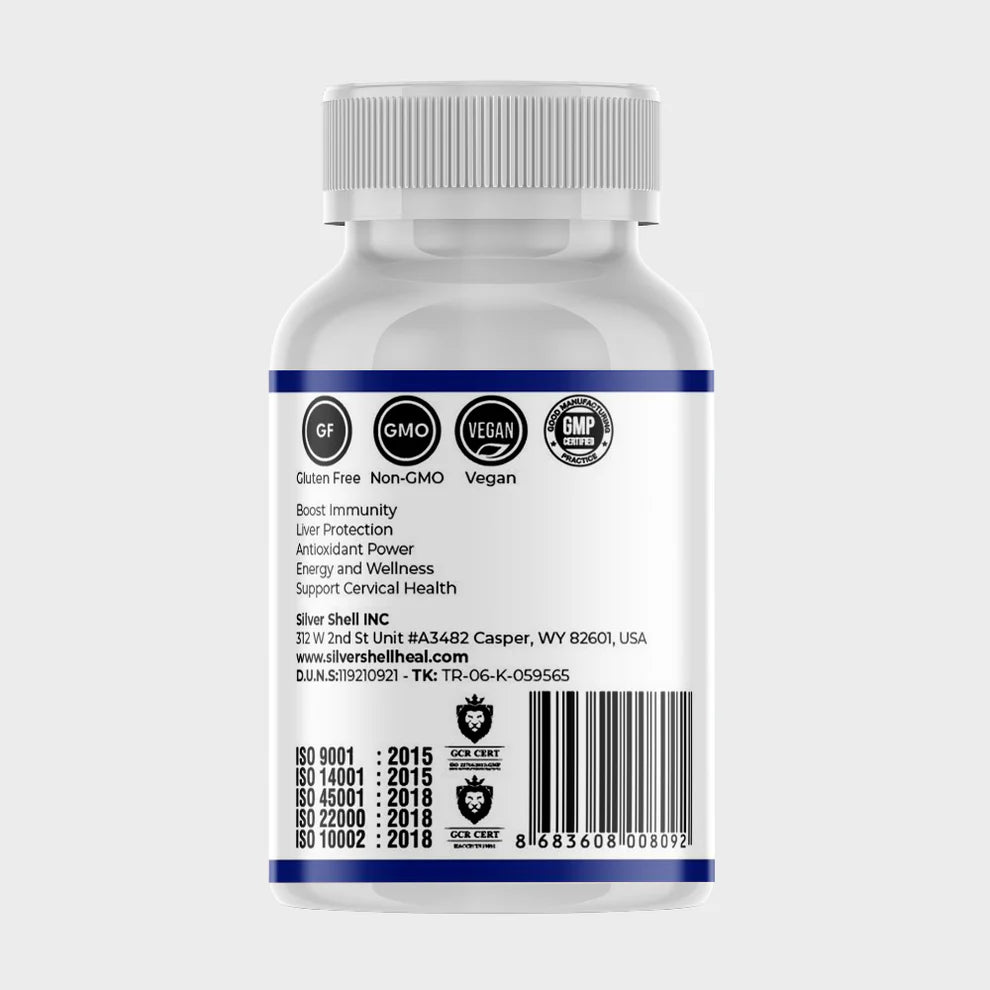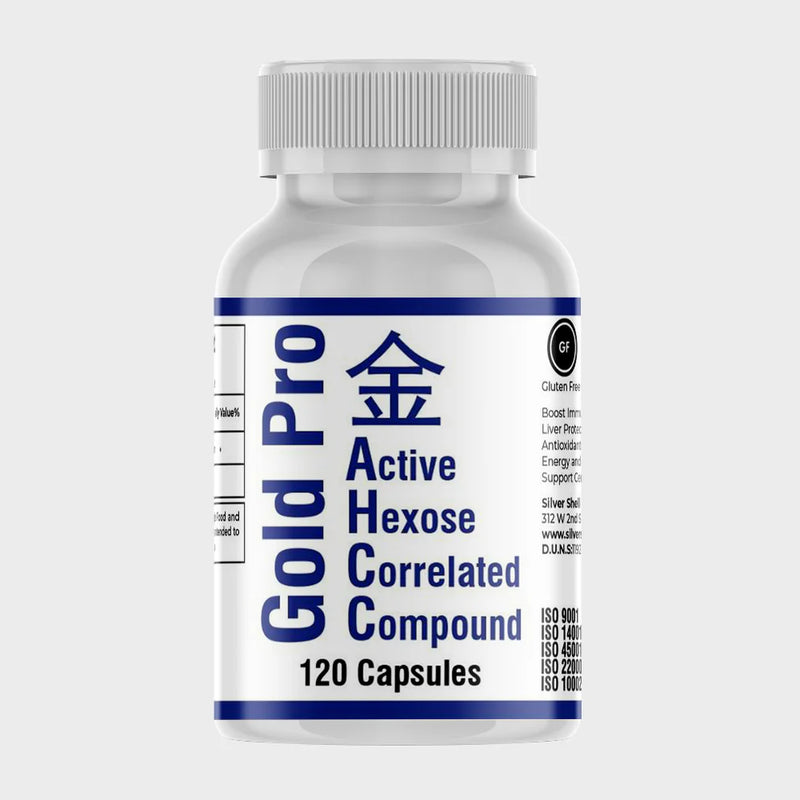When most people hear about HPV—short for Human Papillomavirus—they immediately associate it with sexual activity. And it’s true: HPV is primarily spread through intimate contact. But here's the truth many don’t know: yes, you can get HPV without having sex.
In this post, we’ll break down exactly how HPV spreads, explore non-sexual transmission routes, clear up common myths, and help you understand what you can do to protect yourself—whether you’re sexually active or not.
What Is HPV?
HPV is a group of over 200 related viruses, and around 40 of them are spread through sexual contact, affecting the genital area, mouth, and throat. Some types are considered low-risk (causing genital warts), while others are high-risk (linked to cancers like cervical, anal, and throat cancer).
Most HPV infections don’t cause symptoms and go away on their own—but certain strains can lead to serious health issues if left untreated.
How Is HPV Usually Spread?
HPV is most commonly transmitted through:
-
Vaginal, anal, or oral sex
-
Skin-to-skin genital contact (even without penetration)
-
Genital touching or rubbing
-
Sharing sex toys
But this doesn't tell the full story. Now let’s talk about how someone could get HPV without having sex.
Can You Get HPV Without Having Sex?
1. Skin-to-Skin Contact (Non-Penetrative)
HPV doesn’t require intercourse to spread. All it needs is skin-to-skin contact with an infected area. Even activities like:
-
Genital-to-genital rubbing
-
Touching someone else’s genital area with your hand
-
Intimate massages
can transmit the virus if one person has it.
2. Oral Kissing (Possibly)
There is ongoing research into whether deep kissing can transmit HPV—especially the strains that affect the throat. Some studies suggest it might be possible, particularly if open sores or cuts are present in the mouth, but the risk is considered low.
3. Contaminated Surfaces (Unlikely but Possible)
HPV is a resilient virus. While it doesn’t survive long outside the human body, there is some evidence that HPV DNA has been found on:
-
Shared towels
-
Toilet seats
-
Gynecological equipment
-
Underwear or swimwear
The risk of transmission this way is considered very low, but not impossible. It's more theoretical than proven.
4. Mother-to-Child Transmission
Rarely, a mother with genital HPV can pass it to her baby during childbirth. This can lead to a condition called recurrent respiratory papillomatosis (RRP), where warts grow in the baby’s throat.
5. Via Contaminated Hands or Objects
Touching your own or someone else's genital area with hands or objects that carry HPV can potentially spread the virus. For example:
-
Not washing hands after touching infected skin
-
Using sex toys without cleaning or condom protection
-
Self-inoculation (spreading HPV from one part of the body to another)
Again, while this is not the most common transmission route, it reinforces the idea that HPV isn’t only about intercourse.
What If You’re a Virgin?
Being a virgin, in the traditional sense (never having had vaginal or anal sex), does reduce your risk, but it doesn’t eliminate it.
Many people who’ve never had penetrative sex still contract HPV through non-penetrative sexual activities or close skin-to-skin contact. One study even found that a significant percentage of female college students who had not had vaginal sex still tested positive for HPV.
Why This Matters: Stigma and Awareness
Many people wrongly assume that an HPV diagnosis is a sign of promiscuity or infidelity. This shame and stigma often prevent people—especially women—from talking about their diagnosis or seeking treatment early.
But the truth is: you can do everything “right” and still get HPV. It’s one of the most common viruses in the world, affecting nearly everyone at some point.
How to Protect Yourself
Whether you’re sexually active or not, here are steps you can take to reduce your risk of HPV:
✅ Get Vaccinated
The HPV vaccine (such as Gardasil 9) protects against the most dangerous strains. It’s recommended for:
-
Pre-teens (ages 9–12)
-
Teens and young adults (up to age 26)
-
Some adults up to age 45, based on risk factors
✅ Use Protection
Condoms and dental dams can reduce the risk of HPV transmission but won’t eliminate it completely, because they don’t cover all exposed skin.
✅ Limit Number of Partners
Reducing your number of intimate partners and knowing their health history can help lower exposure.
✅ Regular Screenings
Pap smears and HPV tests can detect early changes that might lead to cervical cancer. Early detection saves lives.
✅ Support Your Immune System
A strong immune system is key to clearing HPV. Supplements like AHCC (Active Hexose Correlated Compound) have shown promise in clinical studies, helping some people clear persistent HPV infections naturally.
Final Thoughts
So, can you get HPV without having sex? The answer is yes. While intercourse is the most common way the virus spreads, non-sexual routes and non-penetrative sexual contact can also transmit HPV.
Understanding this helps remove unnecessary stigma and highlights the importance of awareness, vaccination, and regular checkups. Whether you’re sexually active, a virgin, or somewhere in between—knowing how HPV works empowers you to take control of your health.
Looking for a natural way to support your body in fighting HPV?
Learn more about AHCC, a supplement backed by clinical studies, trusted by thousands battling persistent HPV.
👉 Explore AHCC here


